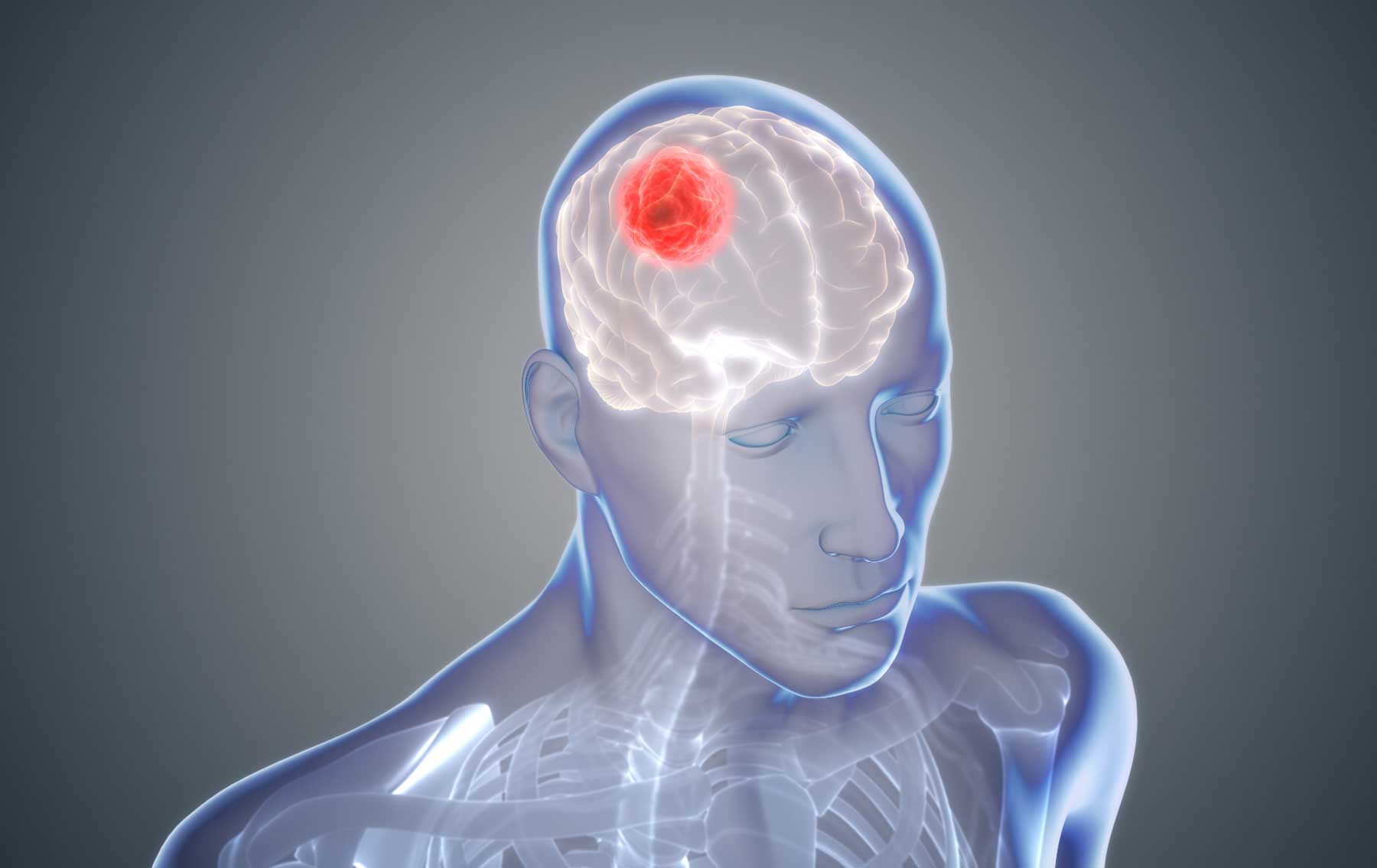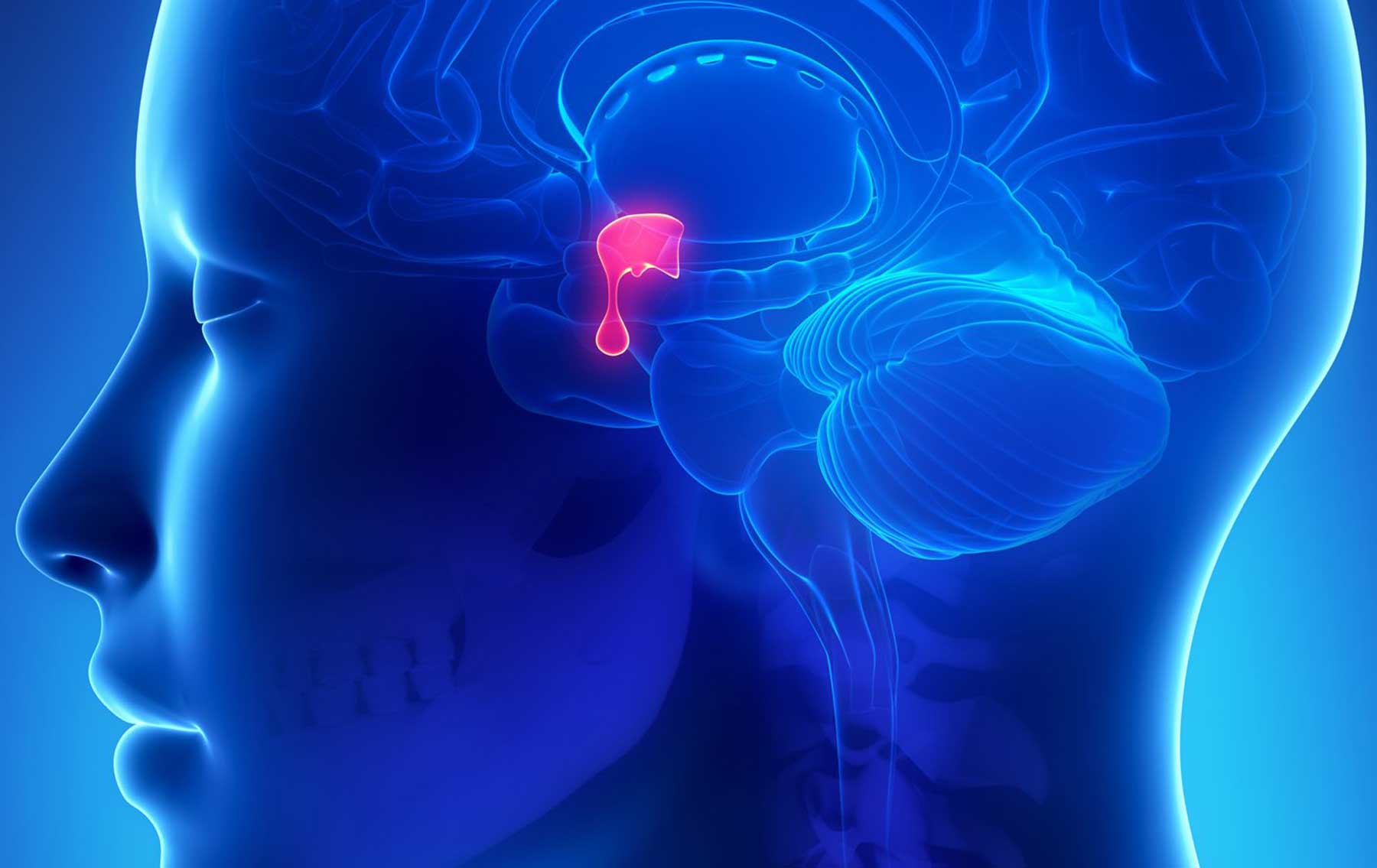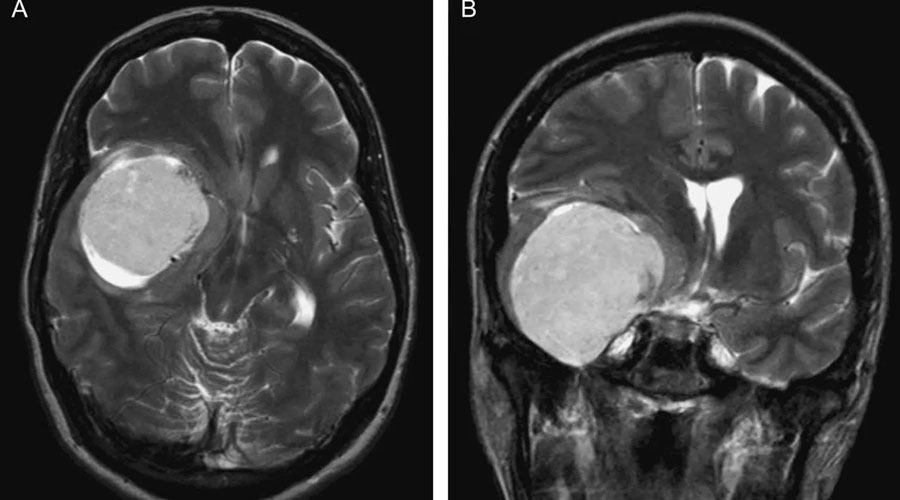
Astrocytoma Tumors
Brain tumors may arise primarily from brain cells such as astrocytes or neurons (known as primary brain tumors) or spread to the brain from other parts of the body (known as metastatic brain tumors). Glia are the most common form of brain cells, and astrocytes are a category of glial cells. Tumors that arise from glial cells are known as gliomas; a more precise description would be to categorize the tumor based on the specific type of glial cells. Hence, the term astrocytoma is used for tumors that arise from astrocytes.
Astrocytoma is the most common glial tumor and can occur within the brain and spinal cord.
Treatments
Surgery. The main goal of surgery is to remove as much of the tumor as possible without injuring normal brain tissue, especially parts that are essential for important functions, such as the ability to speak or use the arms and legs effectively. Except for Grade I tumors, all other grades of astrocytoma have diffuse margins and infiltrate the surrounding brain tissue, often in a manner that is difficult to distinguish at the time of surgery. It is impossible to remove the entire tumor; however, skilled neurosurgeons can remove as much as safely possible. This has the benefit of reducing the tumor bulk and pressure on the adjacent brain, reducing the risk of seizures, providing adequate tumor tissue for histology/genetic studies and at times, allowing the implantation of chemotherapy wafers if indicated. Surgery to remove a substantial portion of the tumor has been shown to have a benefit on patient survival. Tumors that are in locations inaccessible to surgical removal, due to the risk of damage to the eloquent brain, may be subjected to a biopsy in order to make the diagnosis. Refinements in anesthesia and neurosurgical techniques have made these procedures safe endeavors with almost no risk of mortality, and have an acceptable risk of neurological or non-neurological complications.
Radiation and Chemotherapy. Radiation and chemotherapy are standard treatments following surgery for Grade III and IV astrocytomas. Radiation therapy is effective in killing the tumor cells, especially when it is administered in fractions. The standard treatments are administered five days a week, for six weeks. The dosage and distribution of radiation is carefully contoured using computer algorithms, tailored to maximize the effectiveness in killing tumor cells and minimizing damage to the surrounding brain. Focused beam radiation treatments (stereotactic radiosurgery) are not recommended for up-front treatment of malignant gliomas but maybe employed very selectively in some cases of tumor recurrence. Chemotherapy is generally in the form of an oral medication (Temozolomide) that is well tolerated, but careful attention is paid to the blood counts as these may be negatively affected. Almost all Grade II tumors eventually progress to Grade III, and almost all Grade III tumors progress to Grade IV tumors. Despite the best treatments with surgery, radiation and chemotherapy, almost all Grade IV tumors recur. Hence, constant vigilance and surveillance MRIs are essential. Research has provided important breakthroughs and avenues of treatment for these recurrent malignant gliomas. Therefore, it is essential for a patient to be under the care of a multidisciplinary neuro-oncology team, so they can be provided with state-of-the-art treatment at each stage. Neurosurgeons form the core of this team and work closely with the radiation and medical oncologists to provide their patients with optimal care and treatment.



